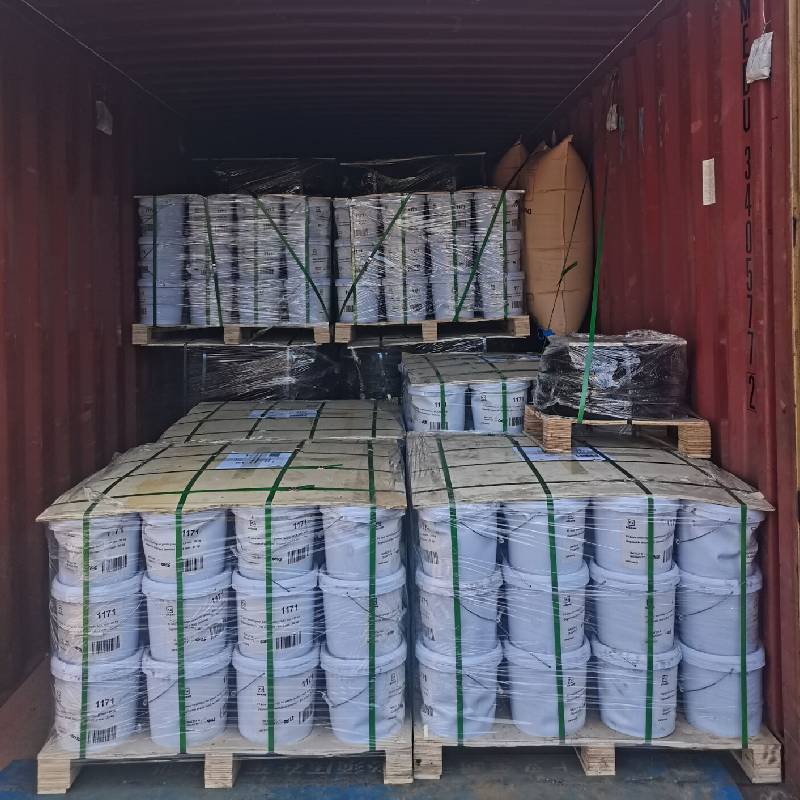
- Mobile Phone
- +8613931874955
- sales@cntcmetal.com
Current Trends in Galvanized Wire Pricing and Market Analysis
The Price of Galvanized Wire An Overview
Galvanized wire, known for its durability and resistance to corrosion, is an essential material widely used in various industries, including construction, agriculture, and manufacturing. The pricing of galvanized wire can fluctuate based on several factors, including raw material costs, production processes, market demand, and geographic considerations. Understanding these dynamics can help buyers and businesses make informed purchasing decisions.
Understanding Galvanization
Galvanization is a process that involves coating iron or steel wire with zinc to prevent rust and corrosion. The process significantly extends the life of the wire, making it ideal for outdoor applications and environments prone to moisture and corrosive elements. The galvanized wire comes in various gauges and types, including barbed wire, chain link fencing, and tying wire, which are all critical in sectors like agriculture for fencing livestock, as well as in construction for support and structure.
Factors Influencing Price
1. Raw Material Costs The primary materials used in the production of galvanized wire are steel and zinc. The prices of these metals are subject to global market fluctuations, driven by supply and demand dynamics. For instance, if steel production faces disruptions or zinc mining is hindered, prices can surge, ultimately affecting the price of galvanized wire.
2. Production Processes The cost of production plays a significant role in pricing as well. Different manufacturers may utilize varied techniques for galvanization, such as hot-dip galvanizing or electro-galvanizing, each leading to different costs. Hot-dip galvanization tends to be more economical on a larger scale, leading to lower prices for bulk purchases.
galvanized wire price

3. Market Demand The demand for galvanized wire can vary seasonally and regionally. For example, during construction booms or agricultural seasons, the demand for galvanized wire increases, often leading to higher prices. Conversely, during economic downturns or off-seasons, prices may drop due to diminished demand. Moreover, international trade and tariffs can also impact prices, particularly if there are significant imports or exports of galvanized wire.
4. Geographic Considerations Geographic factors may also influence the price of galvanized wire. Transportation costs vary from one region to another, and local availability of raw materials can lead to price discrepancies. Regions with abundant iron or zinc resources might enjoy lower costs compared to areas that rely heavily on imports.
Market Trends
In recent years, the galvanized wire market has witnessed notable trends that have influenced pricing. The push for sustainable construction and agricultural practices has led to increased demand for high-quality galvanized wire, as it is seen as a more environmentally friendly option due to its longevity and recyclability. Furthermore, economic developments in emerging markets can create surges in demand, leading to heightened competition and potential price increases.
The COVID-19 pandemic also disrupted supply chains, resulting in increased shipping costs and delays in production, which had a ripple effect on the prices of galvanized wire. As economies recover and construction activities ramp back up, it is likely that demand will persist, potentially driving prices higher.
Conclusion
The price of galvanized wire is influenced by a multifaceted set of factors, including raw material costs, production processes, market demand, and geographical considerations. For consumers and businesses in need of galvanized wire, staying informed about these dynamics is crucial for making strategic purchasing decisions. As the market evolves, understanding the underlying trends will not only help in securing the best prices but also in anticipating future costs based on economic fluctuations. Whether for construction, agriculture, or industrial use, galvanized wire remains a vital resource, and its pricing will continue to reflect the broader economic landscape.
share:
-
Your Source for Concrete Wall Ties and Masonry AccessoriesNewsJul.10,2025
-
Unlocking the Power of Iron Wire for Every ProjectNewsJul.10,2025
-
Explore Advanced Chain Wire and Stainless Steel Mesh FencingNewsJul.10,2025
-
Discover the Benefits of Annealed Wire ProductsNewsJul.10,2025
-
Discover China Stainless Steel Wire Mesh SolutionsNewsJul.10,2025
-
Build with Confidence Using High-Performance Masonry AccessoriesNewsJul.10,2025
-
Why Sacrificial Formwork Is Redefining Underground ConstructionNewsJun.06,2025



















